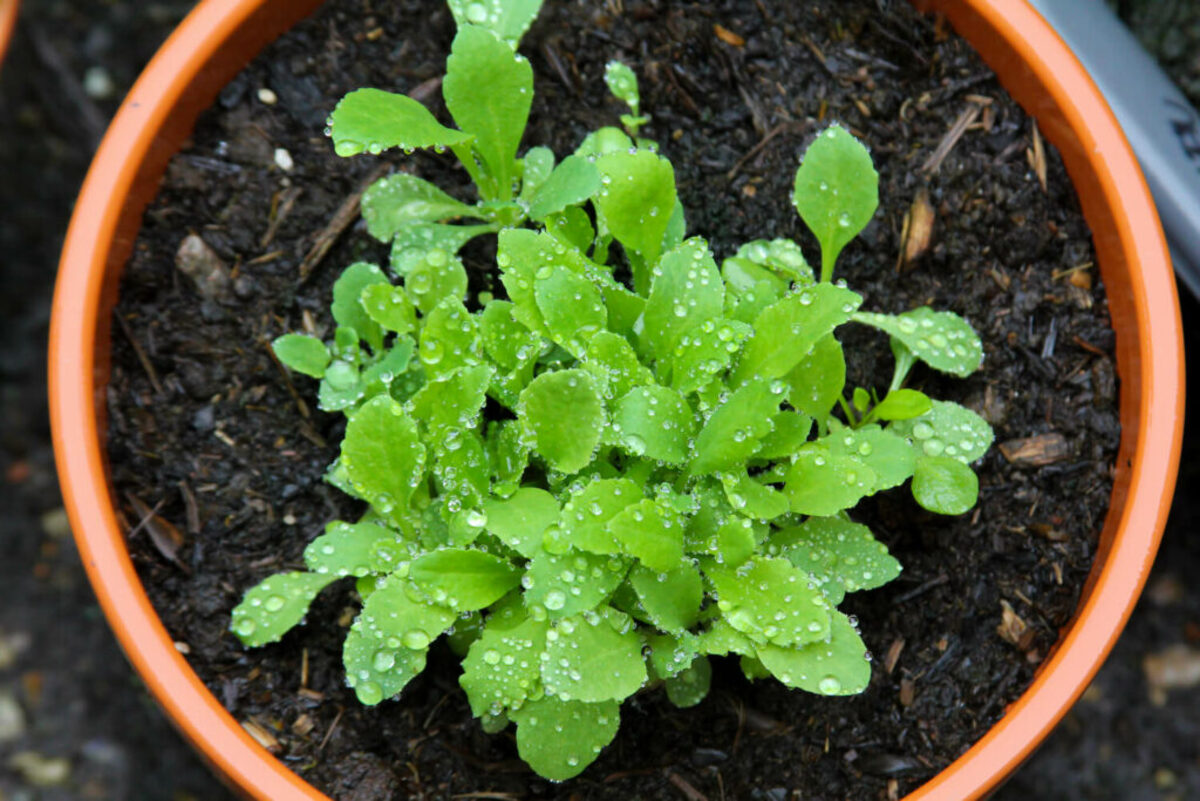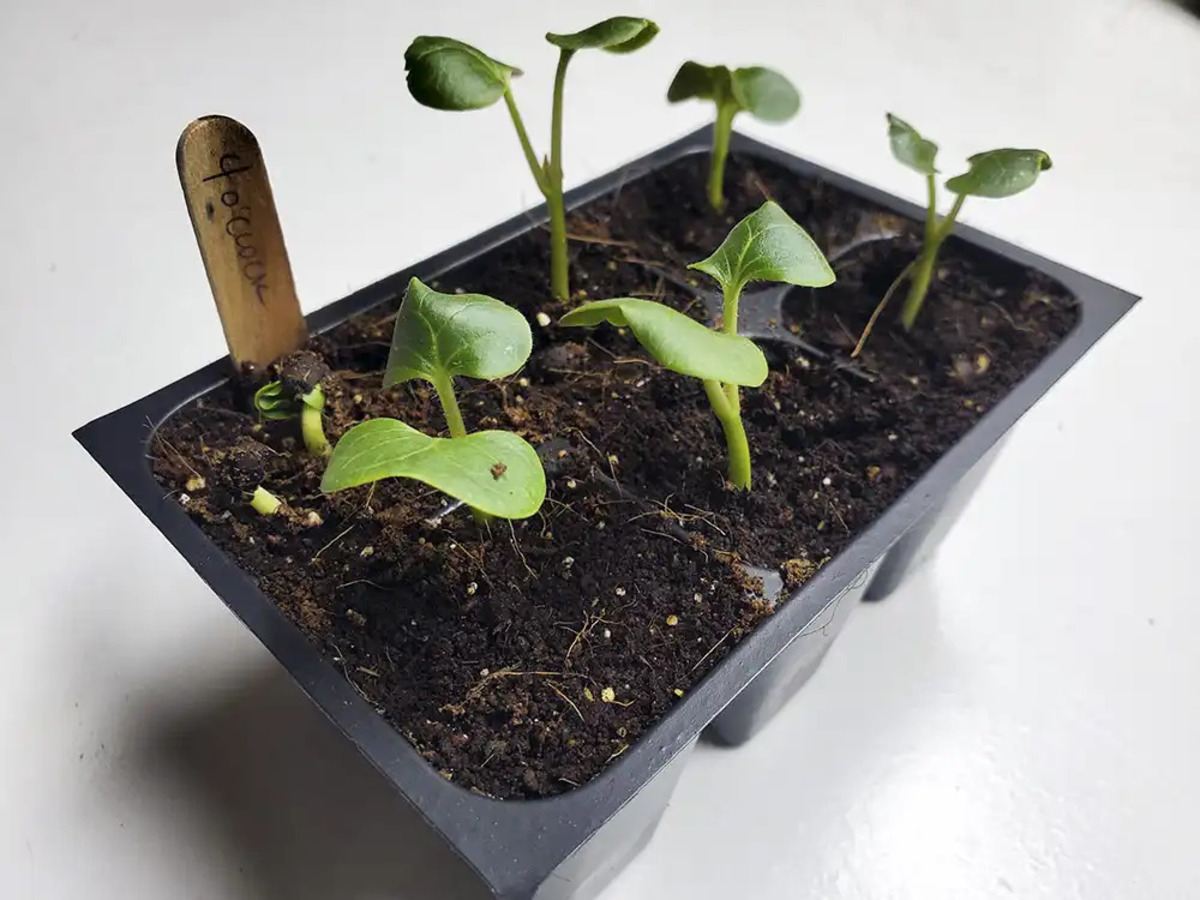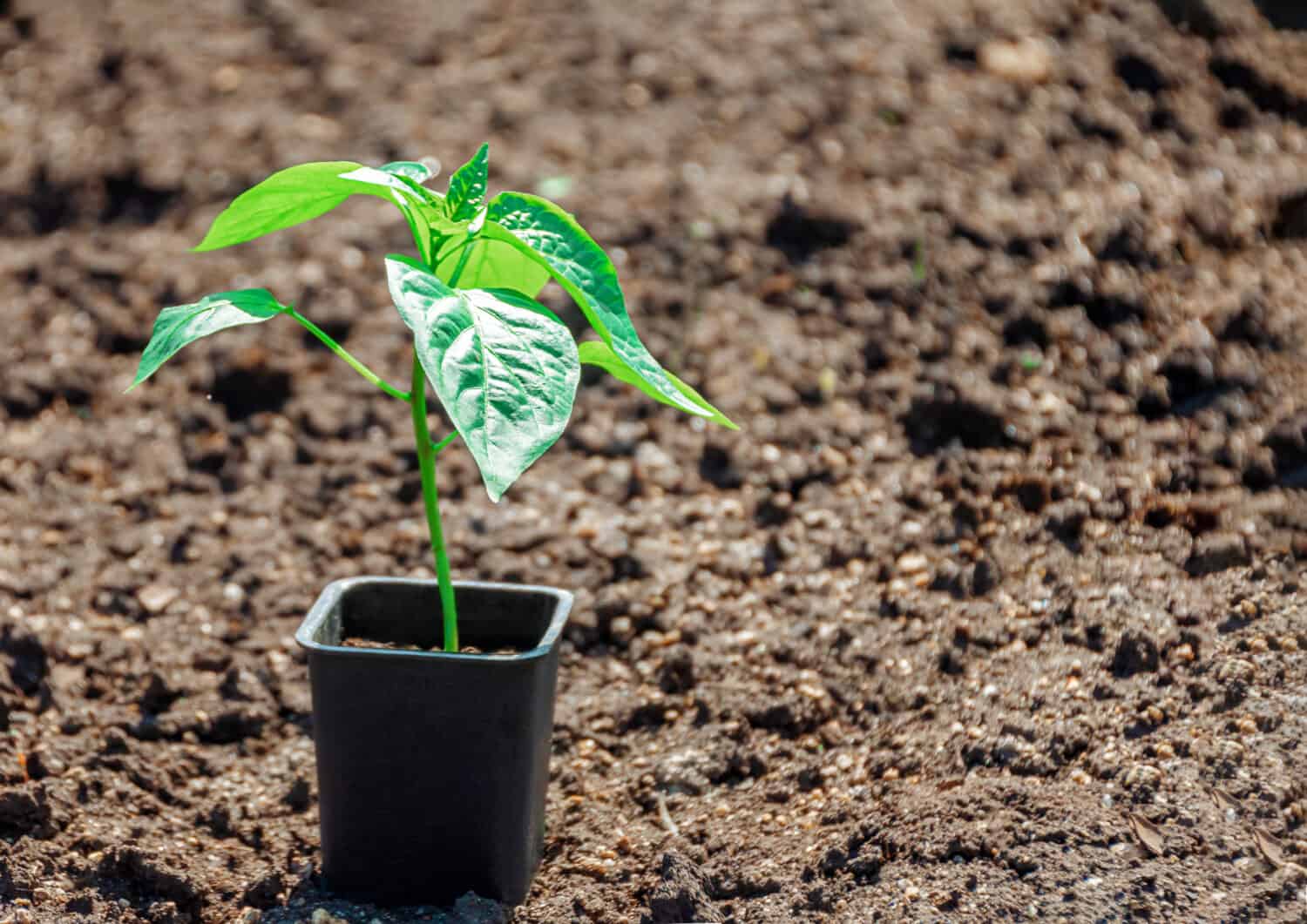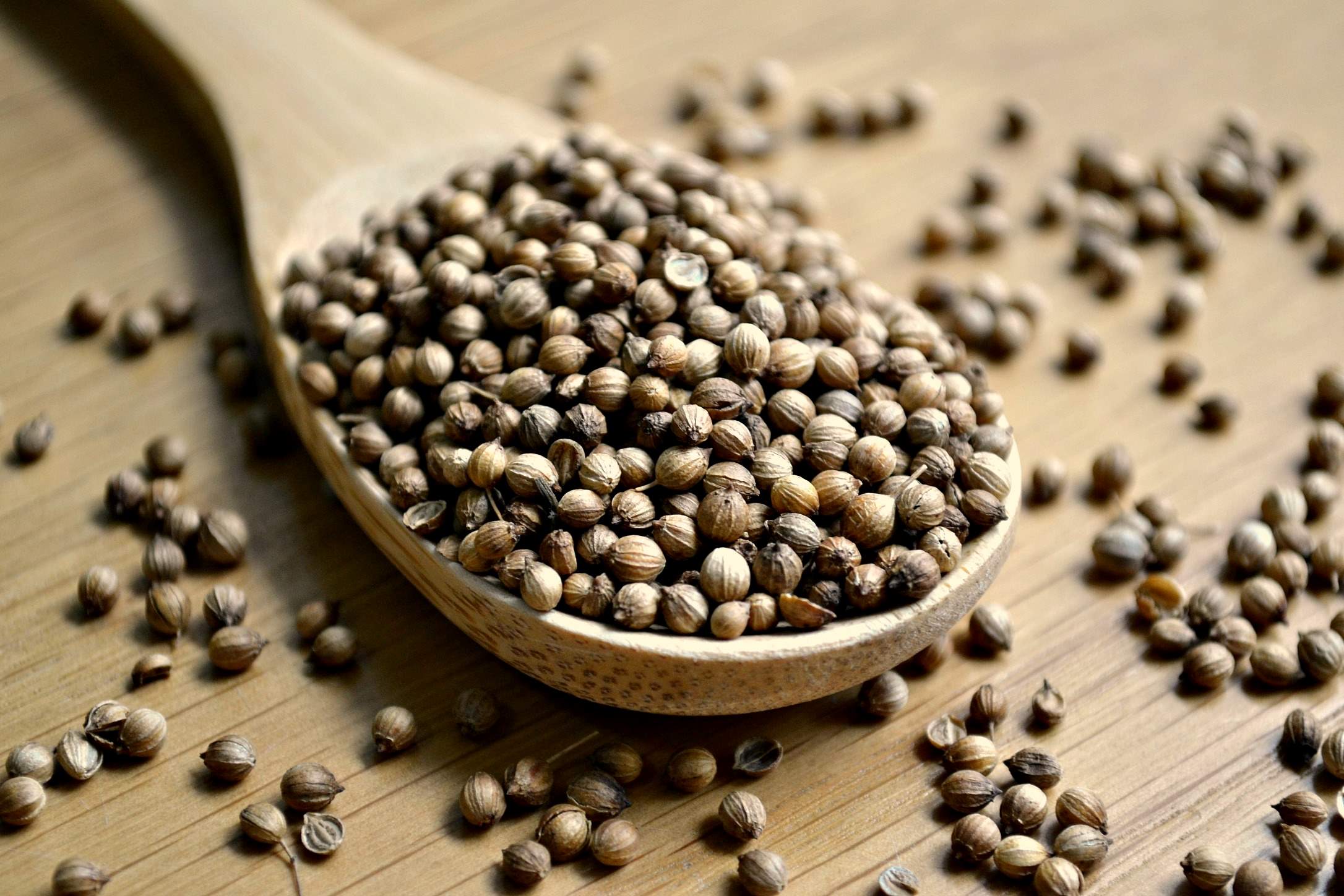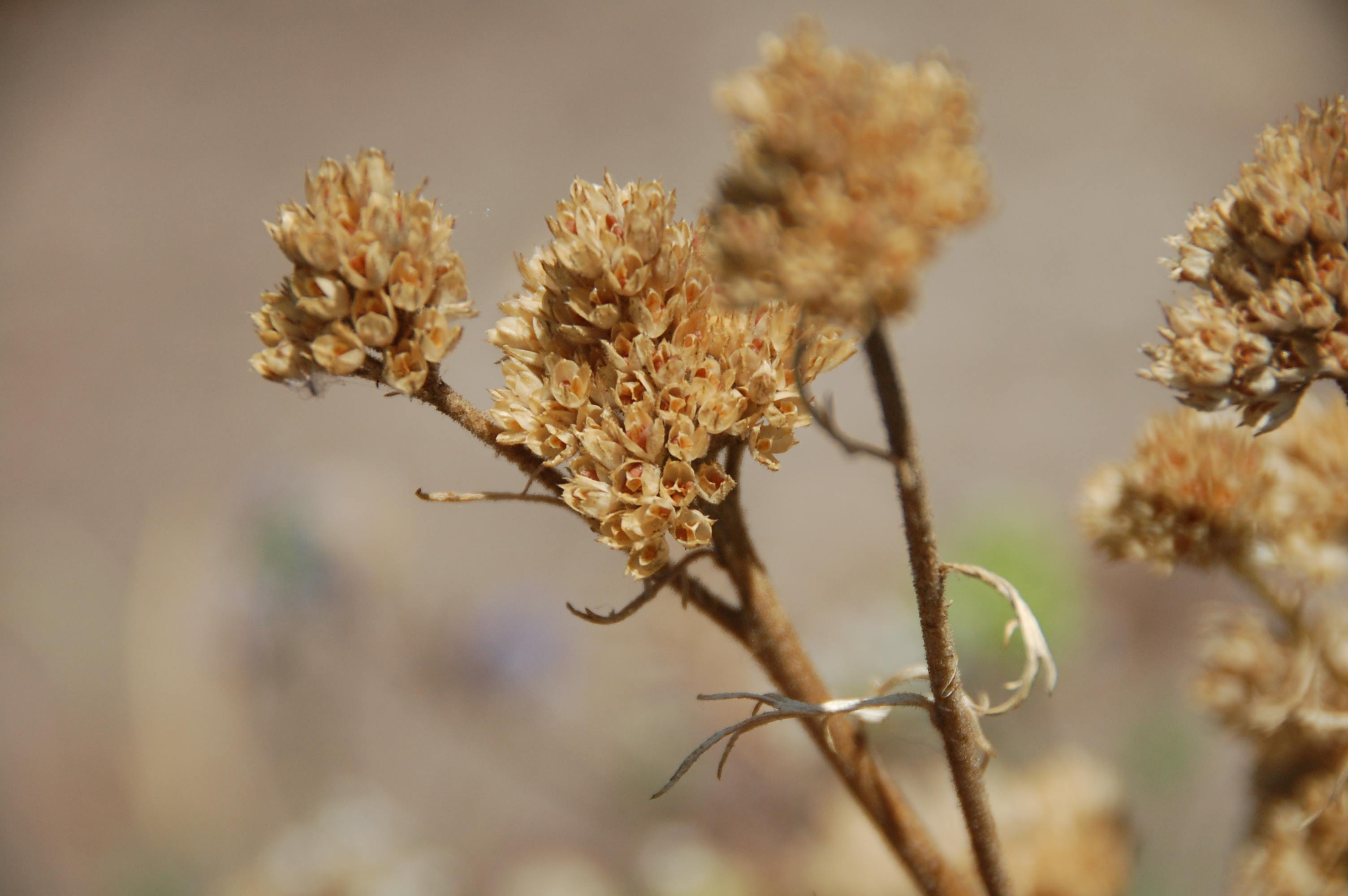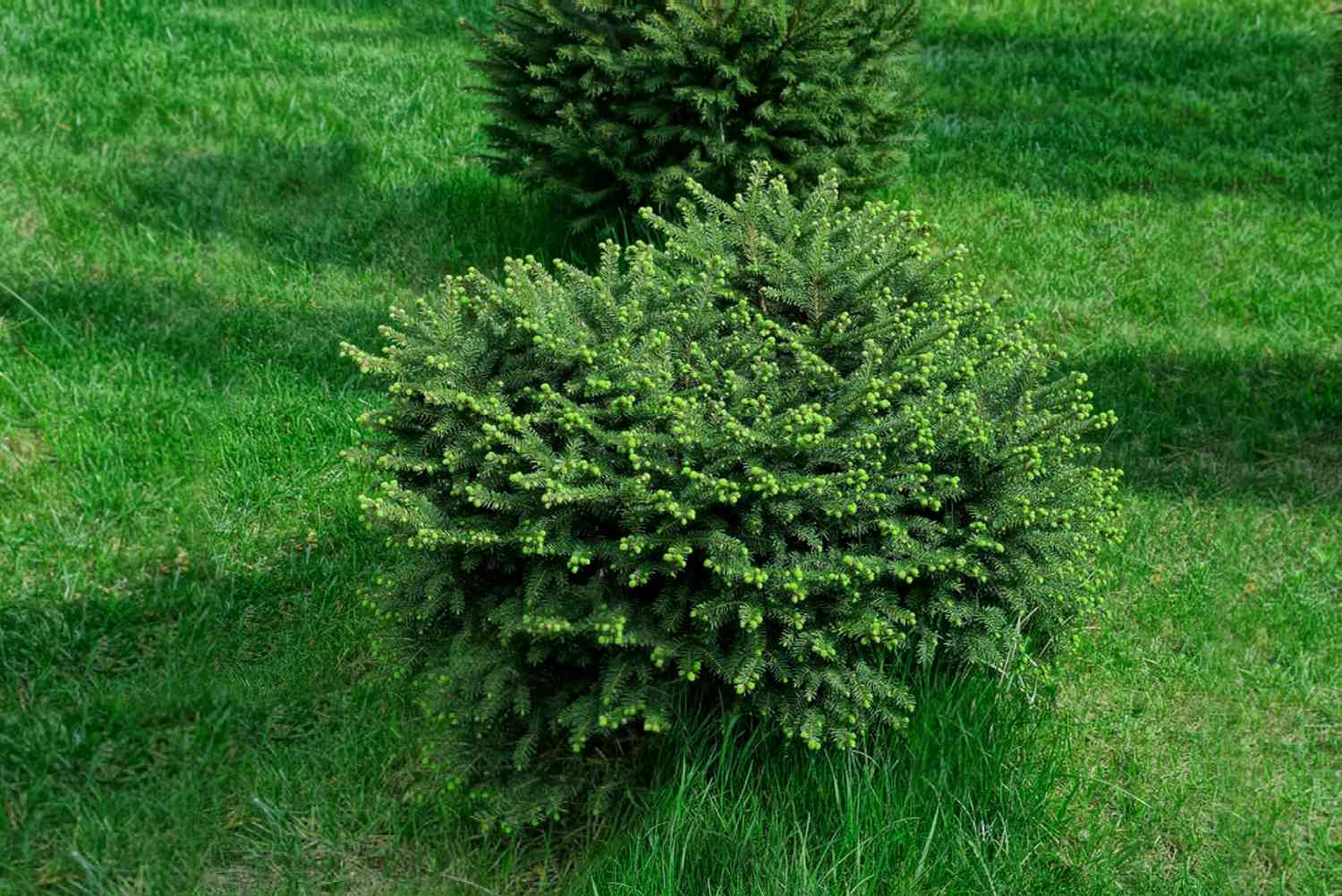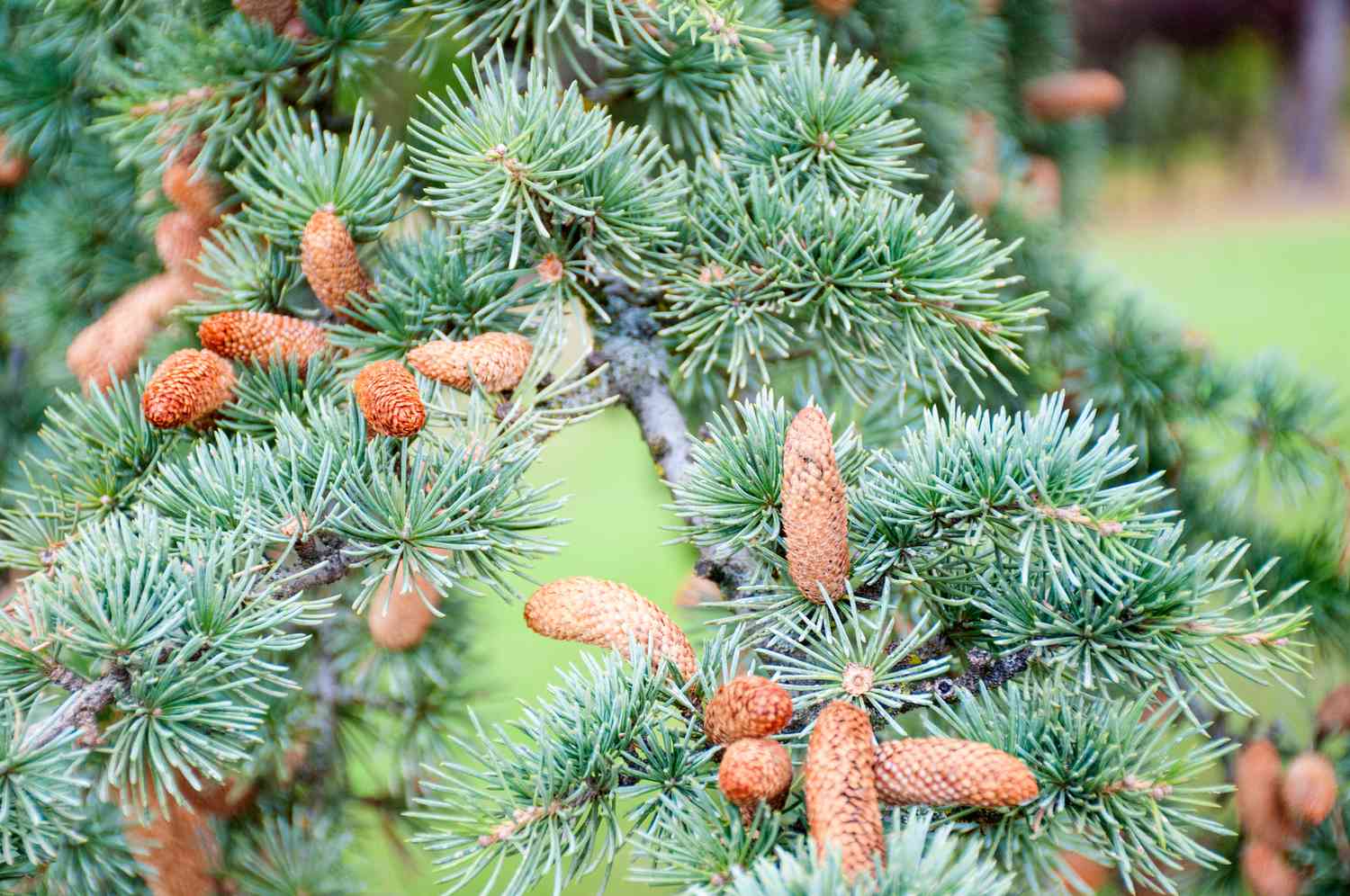Home>Types of Gardening>Edible Gardening>What Do Jalapeno Seedlings Look Like
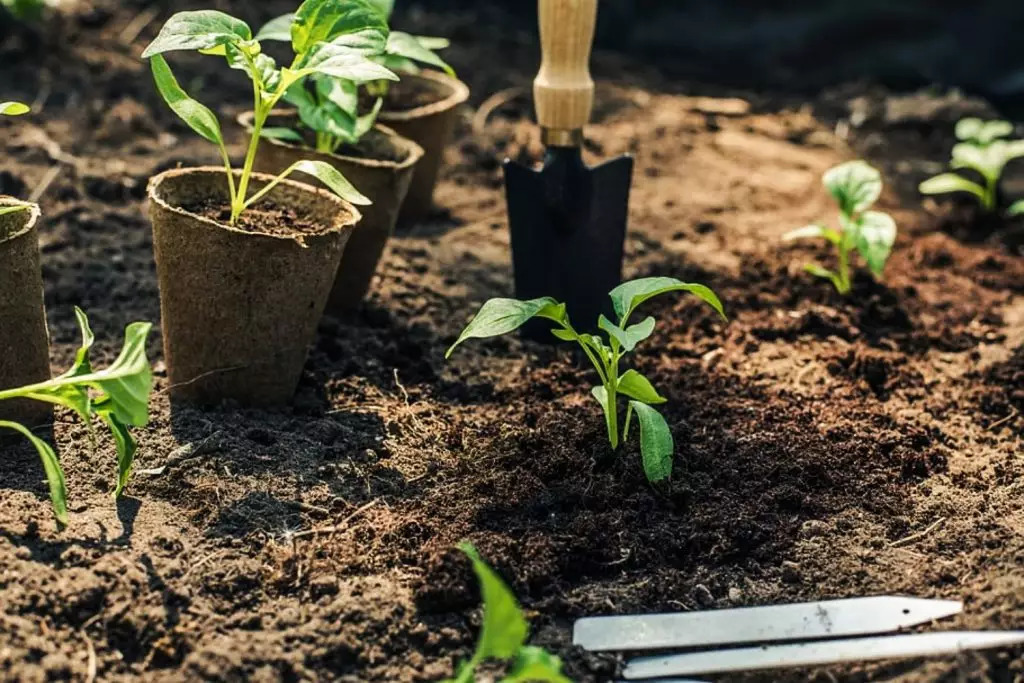

Edible Gardening
What Do Jalapeno Seedlings Look Like
Published: January 1, 2024
Learn about the appearance of jalapeno seedlings and how to care for them in your edible gardening journey. Discover helpful tips for growing healthy jalapeno plants.
(Many of the links in this article redirect to a specific reviewed product. Your purchase of these products through affiliate links helps to generate commission for Chicagolandgardening.com, at no extra cost. Learn more)
Table of Contents
Introduction
Introduction
Welcome to the wonderful world of edible gardening! If you’re considering growing your own vegetables, you’ve come to the right place. In this article, we’ll explore the exciting journey of cultivating jalapeno seedlings. Whether you’re a seasoned gardener or a novice enthusiast, the process of nurturing jalapeno seedlings is both rewarding and fulfilling. From the initial stages of planting to the flourishing growth of the seedlings, there’s a sense of joy in witnessing the transformation of tiny seeds into robust plants bearing spicy, flavorful peppers.
Understanding the characteristics and identifying features of jalapeno seedlings is essential for successful cultivation. It’s not just about planting a seed and hoping for the best; it’s about nurturing and caring for the seedlings as they develop. From the distinct appearance of the seedlings to the optimal growing conditions, every step in the journey contributes to the overall success of your jalapeno plants.
So, let’s embark on this green-fingered adventure and delve into the world of jalapeno seedlings. By the end of this article, you’ll have a comprehensive understanding of what jalapeno seedlings look like and how to cultivate them with expertise. Get ready to unleash your inner gardener and witness the magic of jalapeno seedlings coming to life!
Characteristics of Jalapeno Seedlings
Before diving into the process of identifying and growing jalapeno seedlings, it’s crucial to familiarize yourself with their defining characteristics. Understanding the unique traits of these seedlings will enable you to differentiate them from other plants, ensuring that they receive the specific care they require.
Jalapeno seedlings typically exhibit several distinct features that set them apart. As they emerge from the soil, the seedlings initially appear delicate and tender, with vibrant green cotyledons that serve as the first leaves to sprout. These initial leaves are smooth and rounded, providing the seedlings with the energy needed to develop further.
As the seedlings mature, their true leaves begin to emerge, showcasing a deeper shade of green and a slightly serrated edge. These true leaves often develop a more elongated shape compared to the cotyledons, signifying the transition from seedling to young plant. The stem of a jalapeno seedling is sturdy and often tinged with a reddish hue, adding to the visual appeal of these burgeoning plants.
One of the most notable characteristics of jalapeno seedlings is their compact and bushy growth habit. Unlike sprawling or vining plants, jalapeno seedlings tend to form a dense and upright structure, making them ideal candidates for container gardening or compact garden spaces. This growth habit is a key factor to consider when planning the layout of your garden or selecting suitable containers for the seedlings.
By familiarizing yourself with these characteristics, you’ll be well-equipped to identify and care for jalapeno seedlings as they progress through their early stages of growth. Recognizing the unique traits of these seedlings is the first step towards nurturing them into robust, productive plants that will yield an abundance of spicy peppers.
Identifying Jalapeno Seedlings
Recognizing jalapeno seedlings amidst a plethora of emerging plants is a rewarding skill that allows you to provide tailored care and attention to these specific seedlings. As you survey your garden or containers, identifying jalapeno seedlings becomes a delightful pursuit, characterized by the distinct features that set them apart.
One of the primary methods of identifying jalapeno seedlings is through their leaf structure. The cotyledons, or seed leaves, of jalapeno seedlings are typically smooth, rounded, and vibrant green, serving as the initial indicators of their emergence from the soil. As the seedlings progress, their true leaves develop a deeper shade of green, with a slightly serrated edge and an elongated shape, distinguishing them from other plant varieties.
Furthermore, the overall growth habit of jalapeno seedlings contributes to their identification. These seedlings exhibit a compact and bushy nature, with sturdy stems and an upright posture. This characteristic growth habit sets them apart from sprawling or vining plants, allowing you to pinpoint them with ease as they flourish in your garden or containers.
Another key aspect of identifying jalapeno seedlings is their aroma. As the seedlings mature, they emit a subtle, earthy fragrance that is reminiscent of the spicy peppers they will eventually produce. This olfactory cue can be particularly helpful when distinguishing jalapeno seedlings from other plants, adding a sensory element to the identification process.
As you become adept at identifying jalapeno seedlings, you’ll develop a keen eye for their unique traits, allowing you to nurture them with precision and expertise. Whether you’re tending to a bountiful garden or cultivating a few containers of jalapeno seedlings, the ability to identify these plants with confidence enhances the gardening experience and sets the stage for a successful harvest of flavorful peppers.
Growing Jalapeno Seedlings
Cultivating robust and thriving jalapeno seedlings is a gratifying endeavor that requires attention to detail and a nurturing touch. From selecting the optimal planting location to providing essential care as the seedlings develop, the process of growing jalapeno seedlings is a journey filled with anticipation and delight.
When embarking on the cultivation of jalapeno seedlings, it’s essential to choose a suitable planting location that receives ample sunlight. Jalapenos thrive in full sun, so selecting a spot with at least 6-8 hours of direct sunlight per day is crucial for their growth and productivity. Whether you’re planting in garden beds, raised containers, or pots, ensuring adequate sunlight is a fundamental step in fostering healthy jalapeno seedlings.
As you prepare the soil for planting, incorporating organic matter such as compost or well-rotted manure enriches the soil, providing essential nutrients for the seedlings. Additionally, ensuring well-draining soil is vital to prevent waterlogged conditions that can impede the growth of jalapeno seedlings.
Once the seedlings are established, consistent watering is essential for their development. While jalapenos prefer slightly moist soil, it’s important to avoid overwatering, which can lead to root rot. Striking a balance by allowing the soil to dry slightly between watering sessions promotes healthy root growth and overall vigor in the seedlings.
Feeding the jalapeno seedlings with a balanced fertilizer further supports their growth, providing the necessary nutrients for robust foliage and pepper production. Selecting a fertilizer specifically formulated for vegetables or peppers and following the recommended application guidelines contributes to the overall health and productivity of the seedlings.
Throughout the growing process, monitoring for pests and diseases is essential to safeguard the jalapeno seedlings. Inspecting the leaves and stems for signs of pests and promptly addressing any issues ensures that the seedlings can thrive without impediments, paving the way for a successful harvest of vibrant jalapeno peppers.
By nurturing jalapeno seedlings with care and attention, you’ll witness their progression from tender plants to prolific producers of spicy peppers, culminating in a bountiful harvest that reflects the dedication and expertise invested in their growth.
Conclusion
Cultivating jalapeno seedlings is a journey that intertwines the joy of gardening with the anticipation of savoring flavorful peppers. From the distinctive characteristics of the seedlings to the gratifying process of nurturing them into robust plants, the endeavor of growing jalapeno seedlings is a testament to the artistry and expertise of edible gardening.
As you familiarize yourself with the defining traits of jalapeno seedlings and adeptly identify them amidst the green tapestry of emerging plants, a sense of connection and understanding blossoms. The compact and bushy growth habit, vibrant green leaves, and subtle fragrance of the seedlings become familiar companions in your gardening repertoire, guiding you as you tend to their needs with care and precision.
Throughout the stages of growth, from the tender emergence of cotyledons to the development of true leaves and sturdy stems, the journey of growing jalapeno seedlings unfolds with an air of anticipation. Selecting the optimal planting location, enriching the soil, and providing essential care imbues the process with a nurturing touch, fostering the seedlings into resilient and productive plants.
The culmination of this journey is a bountiful harvest of spicy jalapeno peppers, a testament to your dedication and expertise in cultivating these vibrant plants. Whether you incorporate the peppers into zesty salsas, fiery hot sauces, or delectable culinary creations, the rewards of growing jalapeno seedlings extend far beyond the garden, enriching your culinary adventures with homegrown flavor.
As you reflect on the journey of growing jalapeno seedlings, may the experience inspire you to continue exploring the wonders of edible gardening, sowing the seeds of curiosity and reaping the harvest of knowledge with each new endeavor. The vibrant world of jalapeno seedlings beckons, inviting you to embark on a green-fingered adventure filled with growth, flavor, and the boundless joys of nurturing nature’s bounty.
